Did you know there are 2.77 billion online shoppers globally as of 2025? This year, customer expectations in online shopping are higher than ever. Personalization, speed, and a smooth, seamless experience are must-haves.
Shoppers today expect every interaction with your brand to be easy, helpful, and tailored to their needs. This includes everything from your logo design, which should create a memorable first impression, to the final checkout process, which should be intuitive and secure. One frustrating step or confusing page can lead them to abandon their cart and head straight to a competitor.
So, how can you meet these high expectations and keep your customers coming back?
The answer is customer journey mapping. This simple yet powerful strategy helps online businesses understand what customers go through when they shop.
Let’s break down what customer journey mapping is, why it matters for e-commerce, and how you can start using it to make shopping with your brand easier, faster, and more enjoyable.
Why Customer Journey Mapping Matters for E-commerce in 2025
Customer journey mapping provides the insights you need to identify pain points, optimize touchpoints, and create the seamless experience that modern shoppers demand.
Let’s explore why this matters more than ever in 2025:
Changing online shopping behavior
Online shoppers in 2025 are more informed, more connected, and more demanding than ever before. Their behavior has shifted in a few major ways:
- Mobile-first browsing: Most shoppers now discover and interact with brands on their phones. If your site isn’t optimized for mobile, you’re losing business. Follow these tips for creating effective designs for mobile marketing.
- Omnichannel expectations: Customers expect a consistent experience whether browsing your website, shopping on social media, or speaking with customer service.
- Voice search: With the rise of smart assistants, voice search is becoming a go-to method for finding products quickly and conveniently.
- AI-powered recommendations: Shoppers expect product suggestions that make sense and are powered by real data, not guesswork.
Addresses common e-commerce challenges
Even the best brands face roadblocks. Some of the most common issues in e-commerce today include:
- Cart abandonment: Many shoppers add items to their cart but never complete the purchase. Why? Cart abandonment is often due to poor UX, surprise fees, or a confusing checkout process.
- Lack of personalization: If your website shows the same products to every visitor, you’re missing opportunities to connect and convert.
- Disjointed marketing messages: If your ads, emails, and social posts don’t tell a consistent story, shoppers may lose trust or interest.
- Slow page speed: In a world where every second counts, a laggy website can turn away even the most interested buyer.
Mapping the journey helps uncover these issues by showing where customers drop off, get confused, or lose interest. Check out these eight customer service tips for small businesses.
Improves retention
Customers who have a smooth and enjoyable shopping experience are more likely to return. Journey mapping helps you identify and fix frustrating moments, like confusing navigation or long checkout steps.
It also shows where you can add value, such as follow-up emails or post-purchase support, or touches that reflect your brand personality. These improvements make customers feel cared for and understood, which builds trust and keeps them loyal to your brand.
Increases Customer Lifetime Value (CLV)
A personalized and consistent experience encourages customers to spend more over time. When you understand their behavior and preferences, you can recommend the right products, send helpful reminders, and offer deals that matter to them.
Adding tools like a logo maker for customized designs enhances the experience and makes interactions more tailored.
Over time, this turns one-time buyers into long-term customers who contribute more to your business.
Reduces acquisition costs
Customer journey mapping helps you find and fix the weak spots that cause potential customers to drop off. When your website, ads, and emails work together smoothly, you get better results from your marketing efforts.
This means you don’t have to spend as much to convert each customer, because your funnel becomes more efficient. A more precise, connected experience means higher conversions without constantly increasing your ad budget.
Understanding the E-commerce Customer Journey
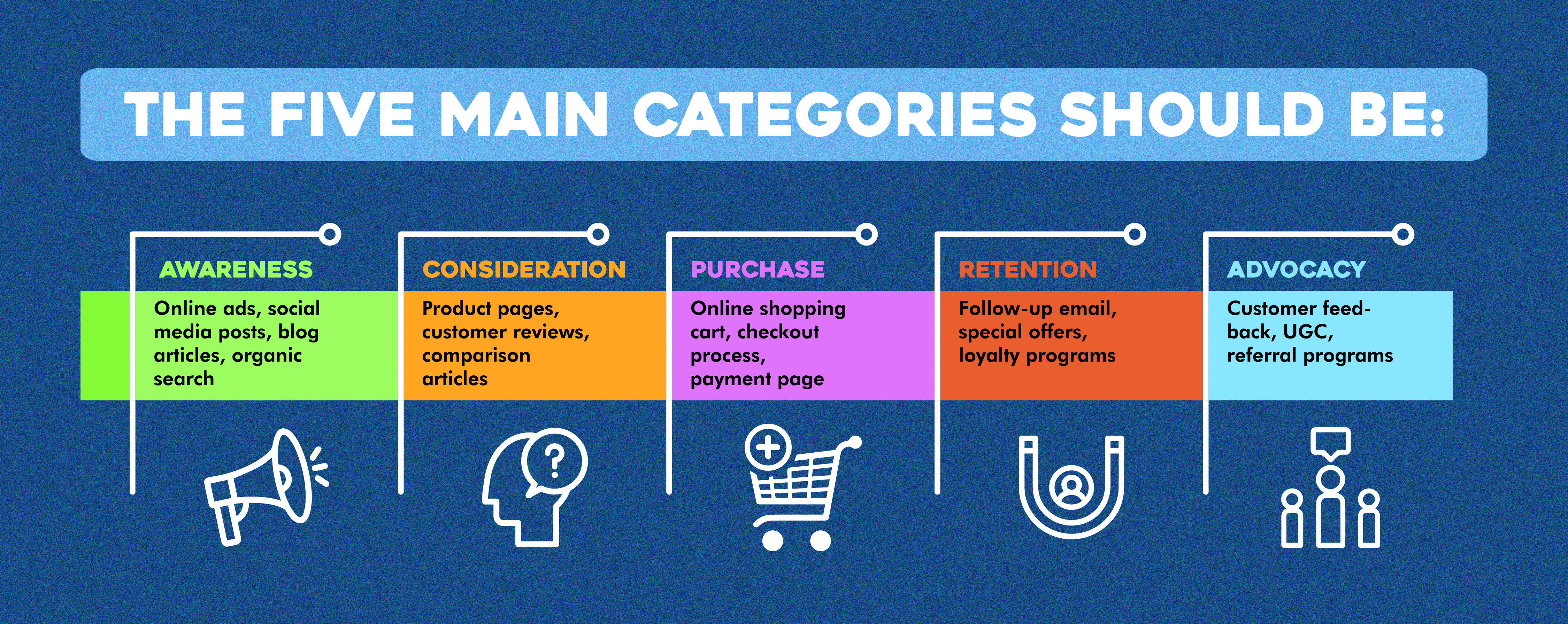
To improve the shopping experience and drive more sales, you must first understand how customers interact with your brand from start to finish.
The online customer journey typically follows five main stages and touchpoints:
1. Awareness: This is where the customer first learns about your brand or product. They may see your ad, a blog post, or find you through a Google search
Touchpoint: Customers may see your brand for the first time through online ads, social media posts, blog articles, or by finding your site through search engines (SEO).
2. Consideration: At this stage, they’re exploring their options and considering whether your product meets their needs. They’ll likely look at your product pages, read reviews, or compare prices and features.
Touchpoint: They’ll dive deeper into your product pages, check out customer reviews, and use tools to compare different options. Clear product descriptions and helpful content matter most here.
3. Purchase: Now they’re ready to buy. This step involves the shopping cart, checkout process, and payment.
Touchpoint: The buying process involves the cart, checkout page, and payment system. To avoid drop-offs, it must be simple, secure, and fast.
4. Retention: You aim to keep the customer engaged and happy after the purchase. Follow-up emails, loyalty programs, and good customer service help with this.
Touchpoint: After they buy, keeping them engaged is key. Use email follow-ups, special offers, or loyalty programs to keep your brand at the top of your mind and encourage repeat purchases.
5. Advocacy: A satisfied customer becomes a fan. They might leave a review, post about your product on social media, or refer a friend. This is one of the most powerful stages, as it brings in new customers through word of mouth.
Touchpoint: Happy customers may share their experience by writing reviews, creating user-generated content (UGC), or joining referral programs. These actions help you reach new customers more organically.
Step-by-Step Guide to Creating a Customer Journey Map
Here are the steps to help you create a map that makes a real impact:
1. Define your customer personas
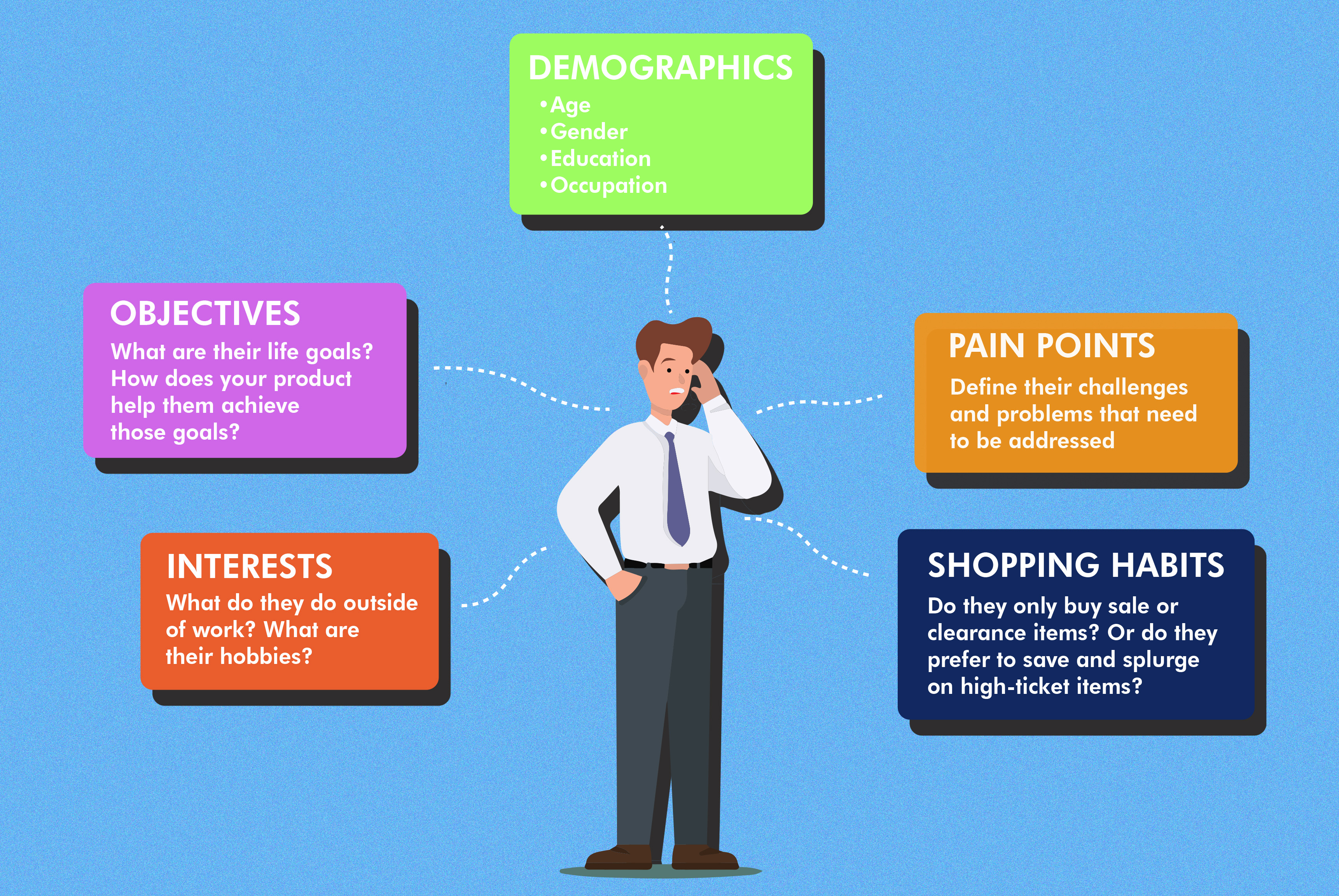
Before you can map a journey, you need to understand who is taking it.
Start by creating customer personas based on real data. A persona is a typical customer profile that includes age, interests, shopping habits, and pain points.
Build these profiles using information from your website analytics, customer surveys, and purchase history. The more detailed your personas, the more accurately you can map their journey. Creating a separate journey map for each is helpful if you serve different types of customers.
2. Identify the stages of the journey
Once you know who your customers are, outline the key stages they go through. For e-commerce, this usually includes awareness, consideration, purchase, retention, and advocacy. Each stage represents a different mindset and goal your customer has.
Breaking the journey into stages makes it easier to see where customers might get stuck or need support. You can also tailor your messaging and content to match the needs of each stage. This helps build trust and keeps customers moving forward.
3. List all customer touchpoints
Next, identify all the places where your customers interact with your brand. These are your touchpoints. For example, a touchpoint during the awareness stage could be a social media ad, while one in the purchase stage might be your checkout page. Additional touchpoints could be your homepage, product recommendations, or AI ecommerce site search, where customers actively engage with your catalog.
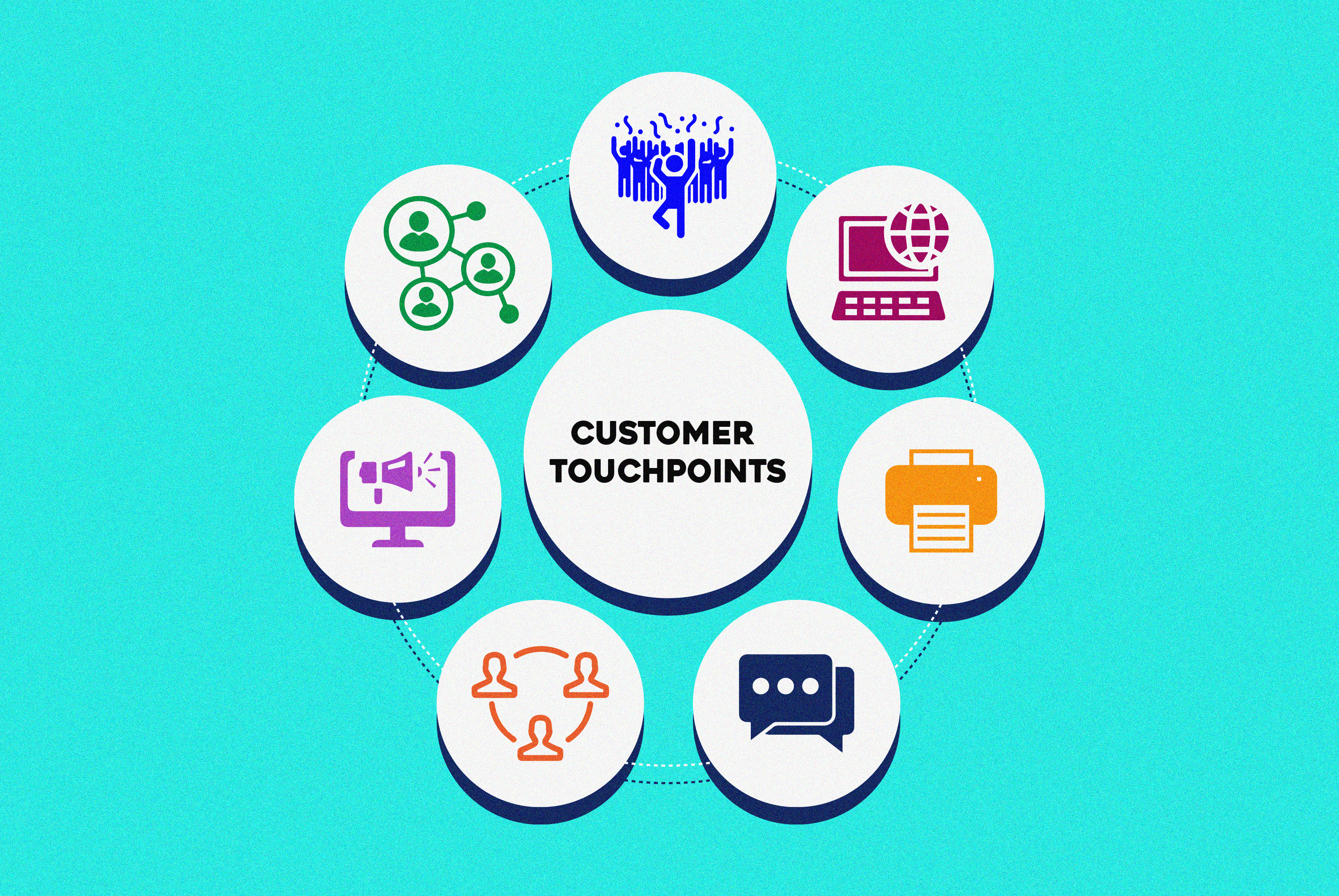
Review each stage and consider what the customer sees, does, or clicks on. This includes your website, emails, customer support, and even packaging.
Listing touchpoints helps you spot gaps or weak links that could hurt the customer experience.
4. Understand customer goals and emotions
At each stage and touchpoint, think about what the customer is trying to achieve and how they feel. Are they excited, confused, frustrated, or satisfied? Understanding their emotions helps you design better experiences that guide them smoothly through the journey.

You can gather this insight through surveys, reviews, social posts, videos, or even talking directly to customers. Some e-commerce brands also use a customer training LMS to educate buyers about products while tracking their engagement and feedback. You can also consider doing conversation quality analysis to help evaluate the effectiveness of customer communications and identify areas for improvement. Pay attention to any pain points or feedback they share. Knowing how your customers feel helps you create more helpful and meaningful interactions.
5. Identify pain points and opportunities
Now that you’ve mapped the whole journey, it's time to analyze it. Look closely at where customers drop off, feel confused, abandon their cart, or don’t take the next step.These are your pain points. Fixing them can lead to significant improvements in retention and conversions.
Also, look for opportunities to surprise and delight your customers. You could add a helpful FAQ on the product page, speed up your checkout, offer free shipping, or send a thank-you discount after a purchase. For customers who discovered your store through online ads, ensuring a seamless transition from ad to landing page is crucial for reducing bounce rates and maximizing your advertising ROI. Implementing responsive customer support for e-commerce at critical touchpoints can turn potential frustrations into positive experiences that build trust and loyalty
Small changes like these can significantly affect how customers feel about your brand.
Case Studies: Successful Customer Mapping Journey in Action
Here are real-world examples of successful customer journey mapping and optimization in e-commerce:
1. ASOS

ASOS delivers a world-class experience by using AI and machine learning to tailor nearly every part of the customer journey. Their Profile Builder, Fit Assistant, Style Match, and See My Fit tools provide fashion and fit recommendations uniquely suited to each shopper.
These efforts helped drive a 19% rise in global sales and a 329% jump in pre-tax profits following their 2020 personalization push. Moreover, their focus on engaging, tailored experiences contributed to a 15% increase in repeat purchase rate in 2022.
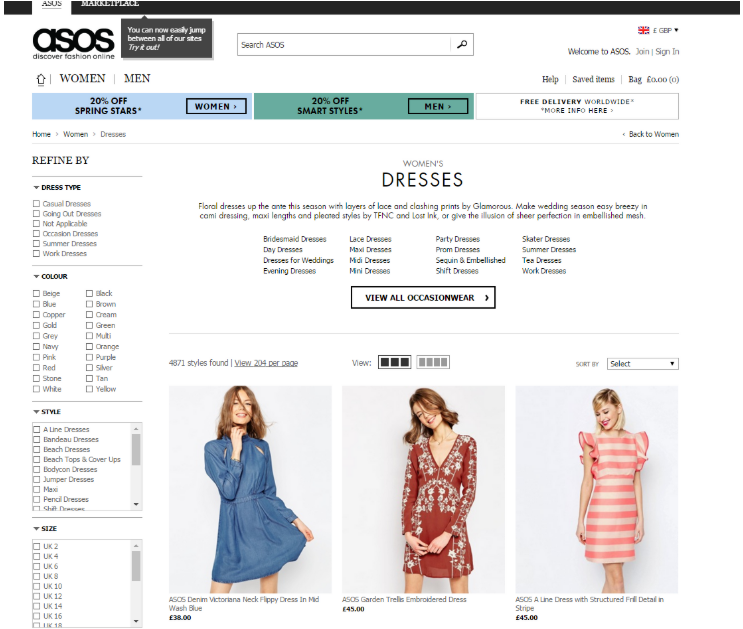
They also revamped search, navigation, and checkout flow: predictive text handles typos, filters help shoppers find items easily, and a progress bar in checkout reduces friction, contributing to smoother browsing and fewer abandoned carts. Their focus on personalization and ease-of-use paid off.
2. Koala Australia

Koala, the Australian-based mattress and furniture brand, created a high-performing customer journey through smart email sequences and site optimization.
In one campaign, potential customers receive a nine-email drip flow over three weeks, starting with an offer, followed by reminders, urgency messages, customer reviews, and trial extensions, all timed to keep interest high.
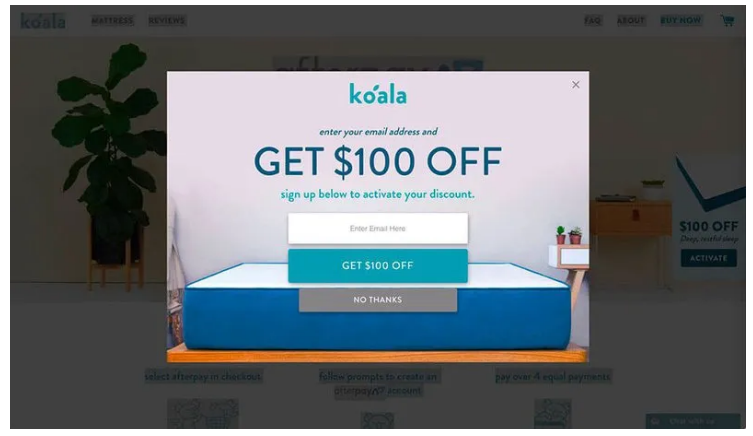
On-site, they keep navigation clean with minimal menu items and key details above the fold, while exit popups encourage email signups. These optimizations helped Koala scale from zero to $13 million in revenue in 12 months.
3. Allbirds
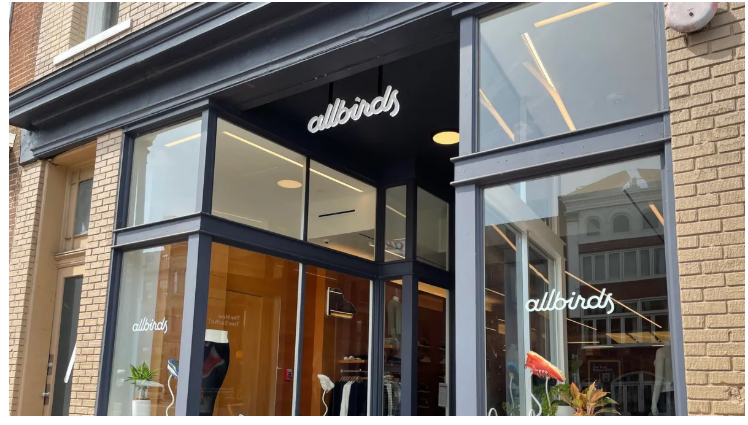
During their migration to Shopify in Korea, Allbirds focused on improving UX and loyalty. They introduced a powerful loyalty program with tiered cashback, double points campaigns, and tightly integrated reward redemption, all integrated into mobile, in-store, and online touchpoints.
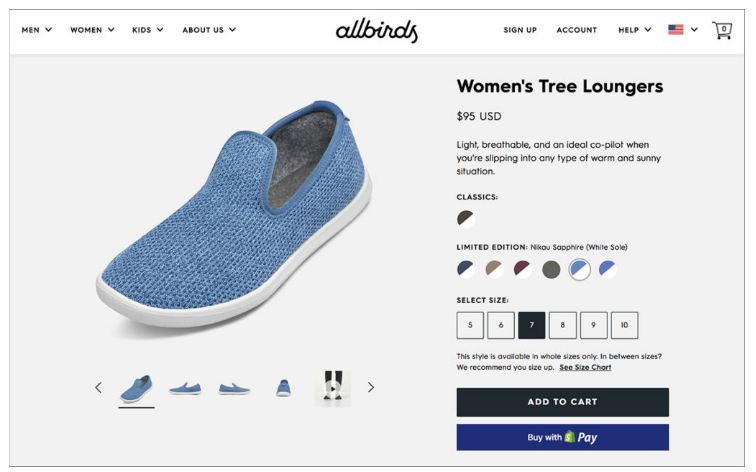
This holistic journey optimization delivered remarkable results: 98.5% month-over-month sales growth, a 45% reward redemption rate, and a 17x return on investment. By linking technical improvements with tailored loyalty, Allbirds made the shopping experience seamless and rewarding at every step.
Common Pitfalls To Avoid in Customer Journey Mapping
Here are some of the common pitfalls to avoid:
- Too much focus on funnels, not enough on emotions: It’s tempting to only look at the numbers, such as click-through rates, conversions, or drop-offs, but the emotional journey matters as much. Customers don’t make decisions based on logic alone. If you ignore their feelings at each stage, you may miss why they leave or hesitate to buy.
- Ignoring post-purchase and loyalty touchpoints: Many brands focus only on getting the sale and forget what happens after. But retention and advocacy are just as necessary. Skipping post-purchase touchpoints like thank-you emails, feedback requests, or loyalty programs means losing long-term value.
- Mapping without data or stakeholder input: A journey map built on assumptions won’t reflect the real customer experience. Use analytics, surveys, customer feedback, and team insights from marketing, sales, and support to ensure your map is accurate and complete.
- Lack of iteration and testing: Customers need change, and your journey map should evolve. If you create it once and never update it, it quickly becomes outdated. Regular testing and refining ensure your improvements are based on real behavior and feedback. This applies to all marketing channels, too. For example, testing different ad copy across your campaigns with tools like a Facebook ad headline generator can help you discover which emotional triggers resonate most at each stage of the customer journey.
- Overcomplicating the map: Trying to include every possible scenario can make the map overwhelming and hard to use. Focus on your most common customer paths first, then build from there. A simple, clear map is much more actionable than one packed with too much detail.
- Failing to act on insights: Creating a journey map is the first step. The map won't deliver results if you don’t turn insights into action, like improving your checkout, fixing site speed, or updating email flows. Make sure there’s a clear plan to apply what you’ve learned.
Enhance Online Shopping Experience Today
Customer journey mapping helps you understand your shoppers, fix pain points, and create a smoother, more enjoyable experience. It’s a smart way to build trust, boost sales, and keep customers returning.
Start by auditing your current journey and exploring tools that make mapping easy and effective. Try Brandcrowd to help bring your brand to life across every touchpoint.
Read more about marketing here:
FAQs About Customer Journey Mapping
What is the difference between a sales funnel and a customer journey map?
A sales funnel focuses on the steps a customer takes to make a purchase, mainly from a business point of view. A customer journey map looks at the whole experience from the customer’s perspective, including emotions, touchpoints, and post-purchase behavior.
How often should we update our customer journey map?
You should review and update your journey map at least twice a year or whenever you launch new products, change your marketing strategy, or notice shifts in customer behavior. Regular updates keep your map accurate and valuable.
How does customer journey mapping impact conversion rates?
Customer journey mapping helps you find and fix the points where customers drop off or get confused. Improving those areas creates a smoother purchase path, often leading to higher conversion rates.
Can AI personalize the customer journey in real-time?
Yes, AI can analyze customer behavior in real time and adjust product recommendations, emails, or website content based on what a shopper is doing. This makes the experience more relevant and can increase engagement and sales.
Shayne Jain is a content writer with 7 years of experience specializing in creating engaging and impactful content. Her passion for writing began at age 8, when she started crafting short stories and songs. When she’s not writing, you can find her kicking balls on the football field or immersed in a good video game.
Original Artwork by Selwyn Legaspi
Written by DesignCrowd on Thursday, July 24, 2025
DesignCrowd is an online marketplace providing logo, website, print and graphic design services by providing access to freelance graphic designers and design studios around the world.

